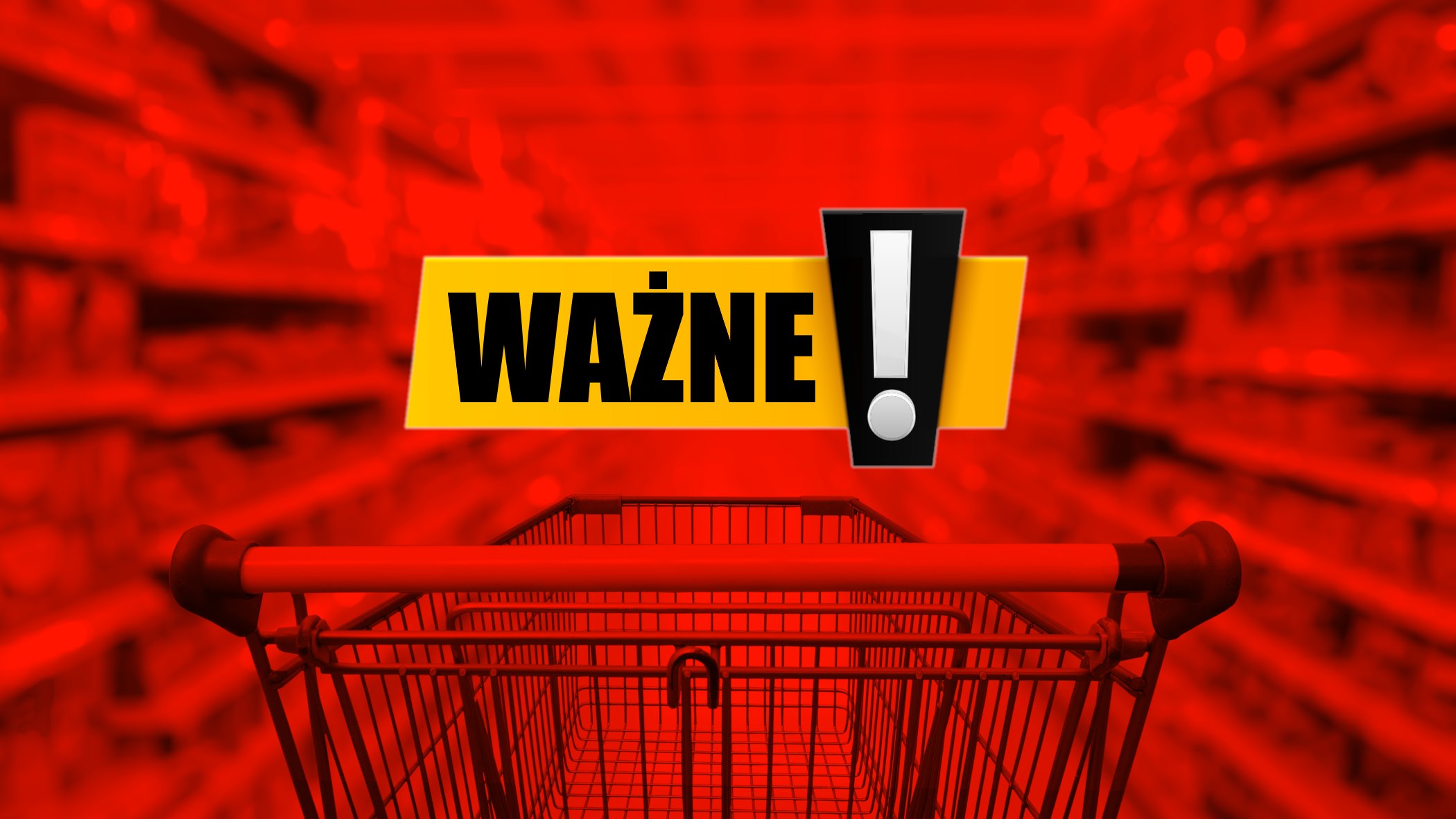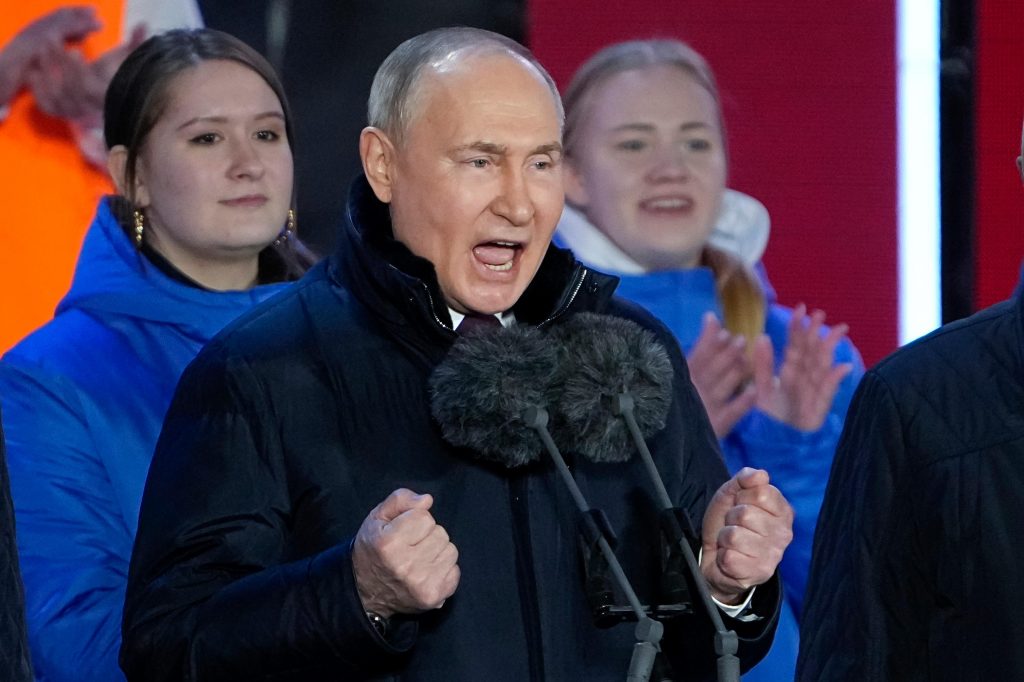#Russia #empties #coffers #war #Ukraine #long #hold
The war in Ukraine is emptying Russian coffers. The Russian sovereign wealth fund (NWF) has lost 50% of its reserves to $55 billion since February 24, 2022, when Russian tanks invaded Ukraine.
The priority has been to use this money to finance the State Budget and public companies. Part of the revenue from the sale of oil and gas goes to this fund, which aims to serve as a lifeline for the country in times of need.
In February 2022, this fund held 113 billion dollars (equivalent to 6.6% of the country’s GDP), having dropped to 55 billion (2.7% of GDP) since then. At the same time, the country has US$300 billion in reserves held abroad.
There is more spending on the way: the State Budget for this year foresees spending of 1.3 billion rubles (12 billion euros), with a further 900 billion rubles (8.9 billion euros) for projects and companies , according to “”. In 2023 alone, the Government took 3.46 billion rubles from the NWF to cover OE expenses and another billion for other expenses.
Asian giants buy everything
Russia sold almost all of its oil exports to China and India in 2023. Some of this oil is refined into diesel and gasoline and sold back to the West.
The oil is being transported by a ghost fleet of tankers, which turn off their tracking systems to operate under radar. This ghost fleet gave rise to a new class of traders who bridge the gap between Russia and buyers. With each tanker carrying the equivalent of one million barrels, one trader earns between 10-15 million dollars per load, according to “Bloomberg”.
The two Asian giants received 90% of Moscow’s exports, which served to compensate for the drop in sales to Europe: from a weight of 40-45% to 4-5%.
“The main partners in the current situation are China, whose share has risen to 45-50% and India. Before, there were no shipments to India, but in two years the quota rose to 40%”, said Deputy Prime Minister Alexander Novak at the end of 2023.
The right price
Experts warn that a possible drop in oil prices will directly affect the fund.
If the price of a barrel drops from 65 to 60 dollars, the NWF will lose another billion rubles, according to Sofya Donets of Renaissance Capital.
On the other hand, with a barrel at 50 dollars this year, the Kremlin will need to withdraw another two billion rubles from the emergency fund, estimates Yevgeny Suvorov from CentroCreditBank.
“In this scenario, we will approach the exhaustion of reserves at the beginning of 2025. Simply put, Russia is no longer insured against low oil prices,” Suvorov told “”.
Remember that the price of a Russian barrel is being sold at a discount as a result of the sanctions imposed: Brent has been trading at 82 dollars, with a Urals barrel at 74 dollars.
The Russian Finance Minister said in December that he had no intention of setting the NWF to zero.
“If we see the balance going down, we will take other measures to balance the budget,” said Anton Siluanov.
Elina Ribakova, from the Peterson Institute for International Economics and the Kyiv School of Economics (KSE), points out that the NWF has yet to last.
“They did their homework to give priority to war spending over social spending and produce a more severe budgetary adjustment to isolate themselves from pressure from the West,” he began by telling “”.
“The price per barrel at 80 dollars is quite comfortable for Russia. Maybe at 60-70 dollars they will start to feel some effect, but we cannot talk about a crisis if Russia is selling oil above 60 dollars,” she argued.
Russian industry expanded for the third consecutive year in 2023, recording growth of 3.5%. Russian factories are producing more bombs, weapons, planes, engines for rocketsships, and combat vehicles, according to “Bloomberg”.
But it is also obtaining weapons from allies such as Iran and North Korea, including two million artillery shells and ballistic missiles.
Ukraine is racing against time to obtain more weapons to protect its cities. Financial support from the USA and the European Union has been involved in political disputes.
The country also suffered a 1.3% drop in its extractive industry (mining, oil and gas), which happened due to a voluntary cut in oil production, in line with OPEC+ partners. Regarding specific numbers, the country stopped publishing oil production data in 2023.
Drones are a threat
One threat to the Russian oil industry is Ukrainian drones. Since the beginning of 2024, they have attacked Russian refineries in the Baltic and Black Seas.
In one of the attacks, drones each carrying five kilograms of explosives flew a thousand kilometers to attack the Ust-Luga refinery.
In the accounts of think tank North American Carnegie, there are 18 refineries that produce more than half of Russian petroleum products (3.5 million barrels daily) that are possible targets.
Carnegie highlights that the export of petroleum products generates little revenue compared to oil.
On the other hand, diesel and gasoline are essential both for the Russian economy and for the war in Ukraine, powering cars, trucks, tanks, ships, planes.








:quality(70):focal(1843x1400:1853x1410)/cloudfront-eu-central-1.images.arcpublishing.com/liberation/XFY3FJPTWFDP3BOJBWWYYJ25A4.jpg)

